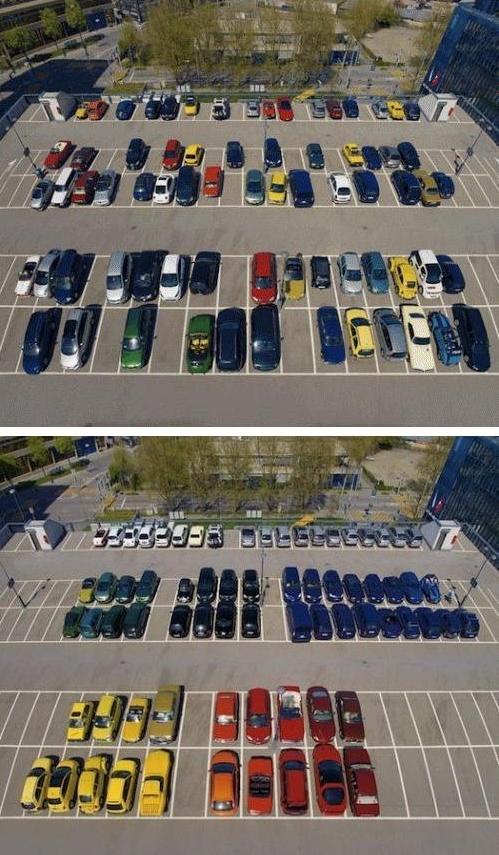This week is the beginning of the International Week of Computer Science, when tens of millions of students from over 180 countries participate in “Hour of Code”. This is a great activity to introduce students to computer science in a fun, easy and accessible way. Here are some resources to introduce coding in your classroom:
Khan Academy Introduction to Hour of Code – video and resources
Make a Flappy Game – a ‘drag and drop’ method to create your own version of the popular flappy bird game.
Code with Anna and Elsa from Frozen
This week we have about 30 students from Year 7 to 9 attending school, while the rest participate in the end of year “Great Hawkesdale Bike Ride”. They enjoyed creating their own Flappy Bird and Angry Bird Games and then constructing Christmas scenes in Minecraft. Which games did you create, which was your favourite and why?











